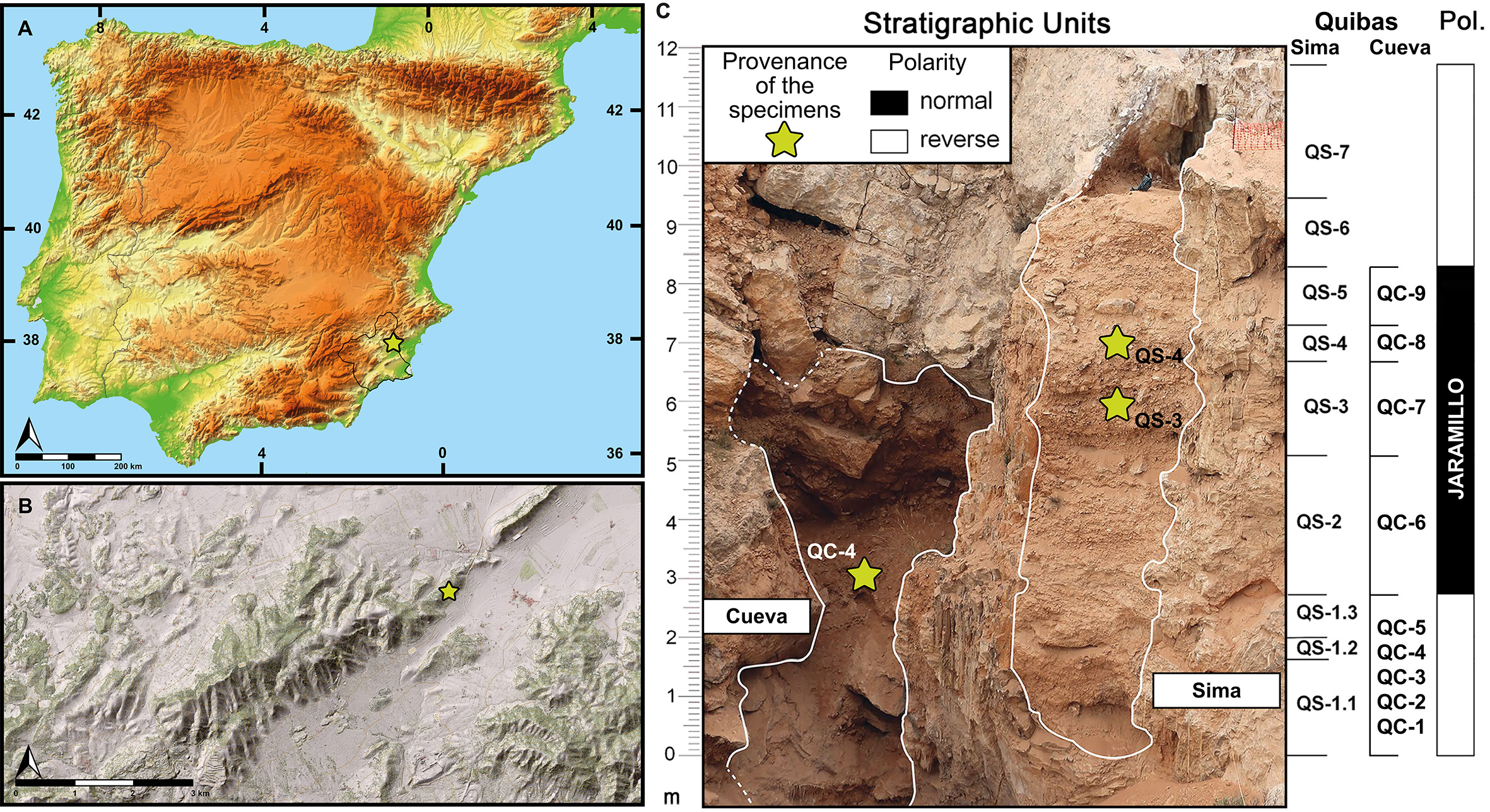THE QUIBAS SITE (MURCIA, SPAIN): NEW HERBIVORES FROM THE EARLY-MIDDLE PLEISTOCENE TRANSITION
DOI:
https://doi.org/10.54103/2039-4942/16707Keywords:
Iberian Peninsula; Quaternary; faunal turnover; macromammalsAbstract
The Lower Pleistocene site of Quibas, in Sierra de Quibas (Murcia, Spain) was discovered in 1994 and has since then provided abundant material of typical Epivillafranchian taxa. This biochron belongs to the Early-Middle Pleistocene transition (1.2 – 0.78 Ma), characterised by a change in orbital cyclicity from a 41 kyr cycle to 100 kyr that intensified the climate and culminated in the most important faunal turnover of the Pleistocene regarding large mammals. The Group of Palaeoanthropology of the National Museum of Natural Sciences (CSIC, Spain) and the Institut Català de Paleoecologia Humana i Evolució Social (IPHES-CERCA, Spain) carried out four field seasons from 2015 to 2018. Here we present the large herbivorous mammals recovered from the field, including the first citation of two taxa new to the locality: Stephanorhinus cf. etruscus and Bison cf. voigtstedtensis. We also provide the first description of previously mentioned taxa: Dama cf. vallonnetensis and Sus sp. Together with the remaining herbivores, the faunal community shows a strong European affinity with some regionalism. Compared with other Iberian localities, the site of Quibas stands out for the lack of hominin fossils or any evidence supporting their presence in the area, a peculiar scenario given that the Early-Middle Pleistocene transition broadly speaking sees the arrival of humans into Europe.
Metrics

Downloads
Published
Issue
Section
License
Copyright (c) 2022 ANTONIO ROSAS, EMILIA GALLI , DARÍO FIDALGO, ANTONIO GARCÍA-TABERNERO, ROSA HUGUET, DANIEL GARCÍA-MARTÍNEZ , PEDRO PIÑERO, JORDI AGUSTÍ , ALBA RICO-BARRIO, JOSEP VALLVERDÚ

This work is licensed under a Creative Commons Attribution-NonCommercial-NoDerivatives 4.0 International License.
The journal allow the author(s) to hold the copyright without restrictions.
Accepted 2022-11-03
Published 2022-11-15






